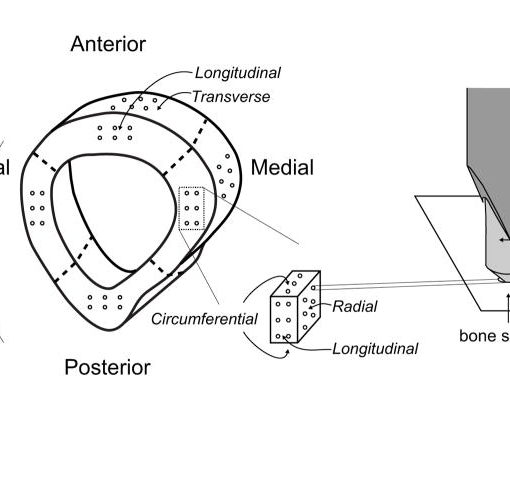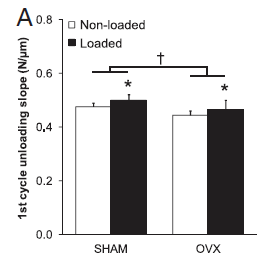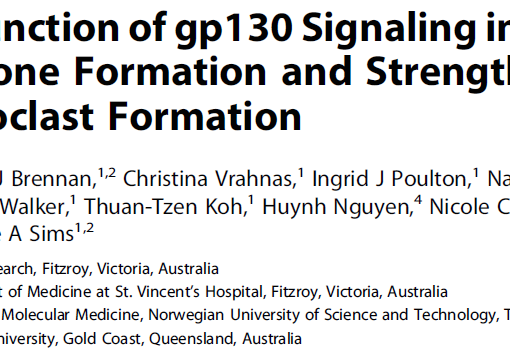Abstract
Raloxifene treatment has been shown previously to positively affect bone mechanical properties following 1 year of treatment in skeletally mature dogs. Reference point indentation (RPI) can be used for in vivo assessment of mechanical properties and has been shown to produce values that are highly correlated with properties derived from traditional mechanical testing. The goal of this study was to use RPI to determine if raloxifene-induced alterations in mechanical properties occurred after 6 months of treatment. Twelve skeletally mature female beagle dogs were treated for 6 months with oral doses of saline vehicle (VEH, 1 ml/kg/day) or a clinically relevant dose of raloxifene (RAL, 0.5 mg/kg/day). At 6 months, all animals underwent in vivo RPI (10N force, 10 cycles) of the anterior tibial midshaft. RPI data were analyzed using a custom MATLAB program, designed to provide cycle-by-cycle data from the RPI test and validated against the manufacturer-provided software. Indentation distance increase (IDI), a parameter that is inversely related to bone toughness, was significantly lower in RAL-treated animals compared to VEH (-16.5%), suggesting increased bone toughness. Energy absorption within the first cycle was significantly lower with RAL compared to VEH (-21%). These data build on previous work that has documented positive effects of raloxifene on material properties by showing that these changes exist after 6 months.
https://www.ncbi.nlm.nih.gov/pubmed/23871851
Bone. 2013 Oct;56(2):449-53. doi: 10.1016/j.bone.2013.07.009. Epub 2013 Jul 17.




